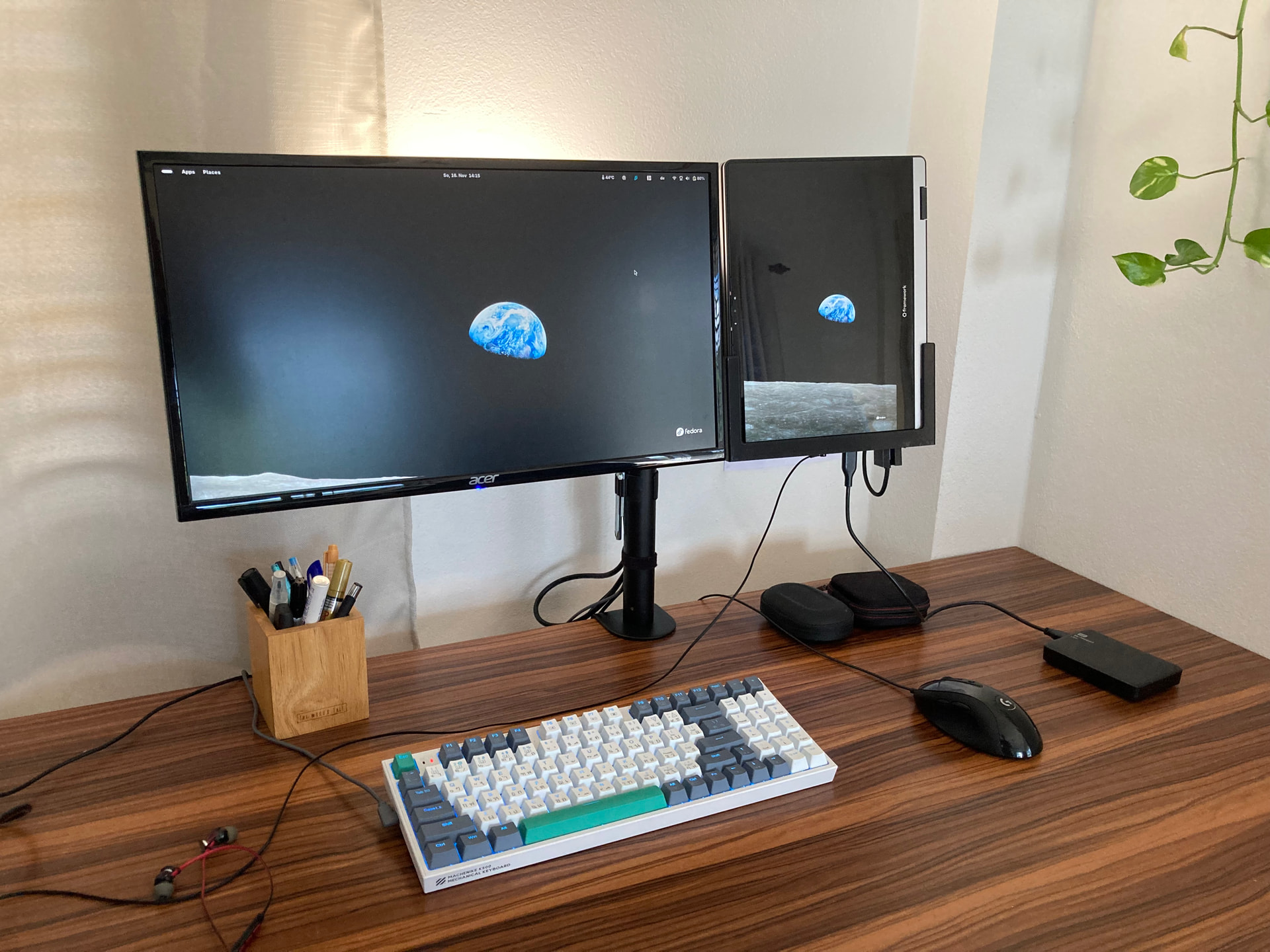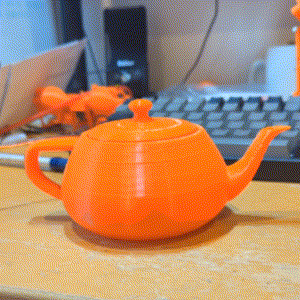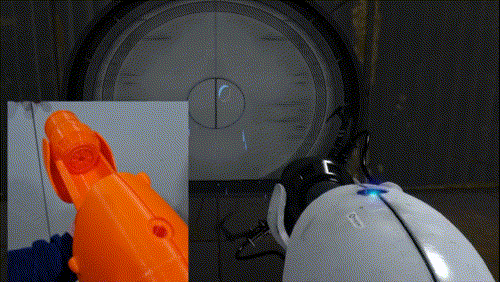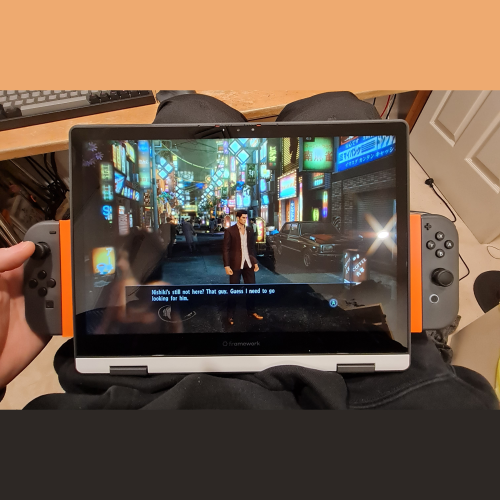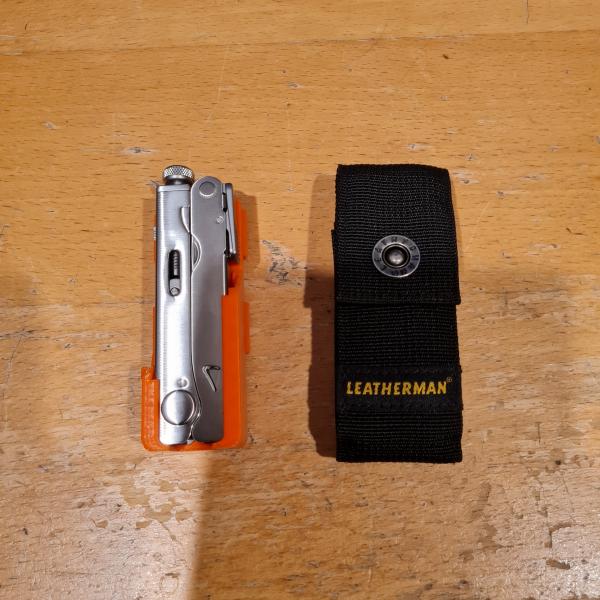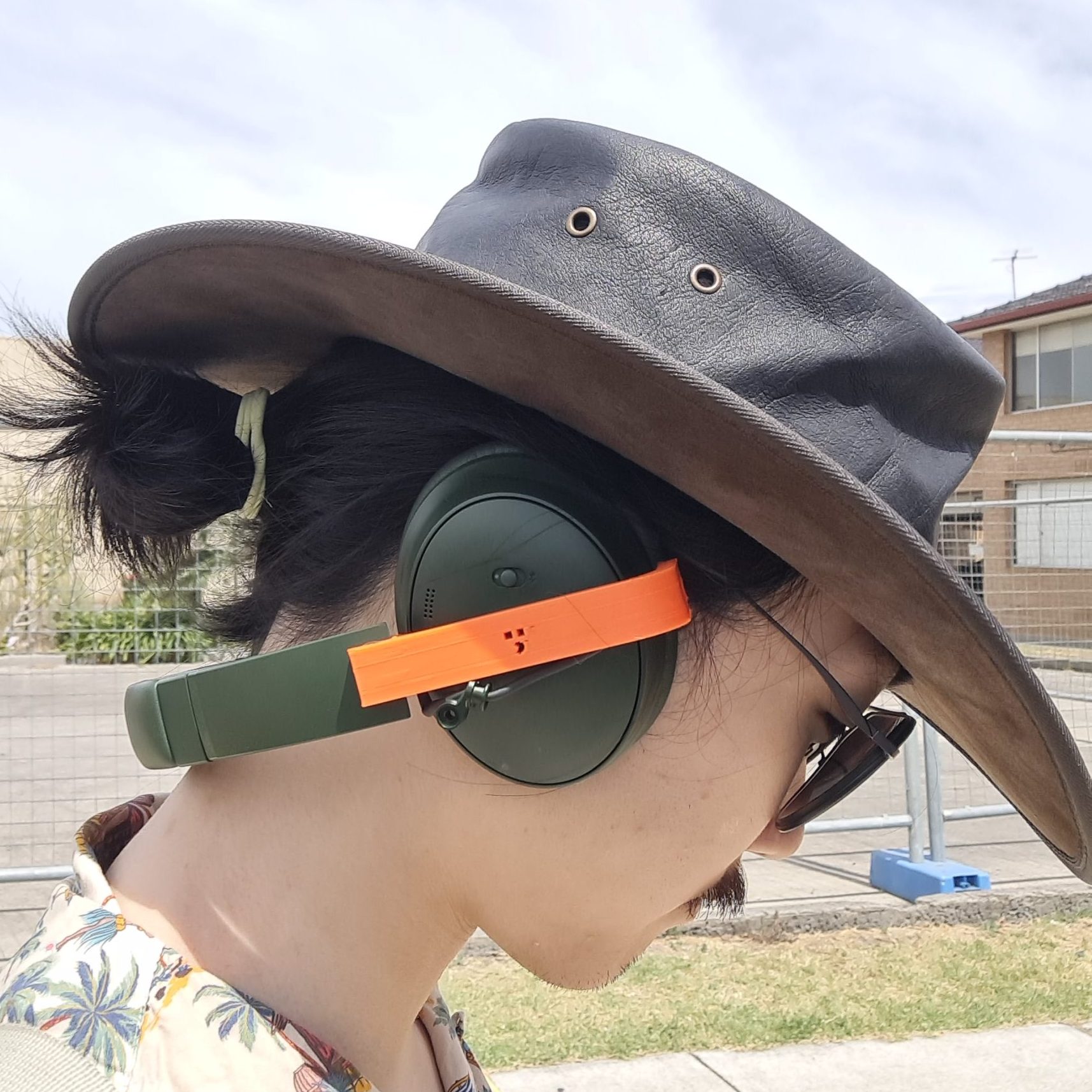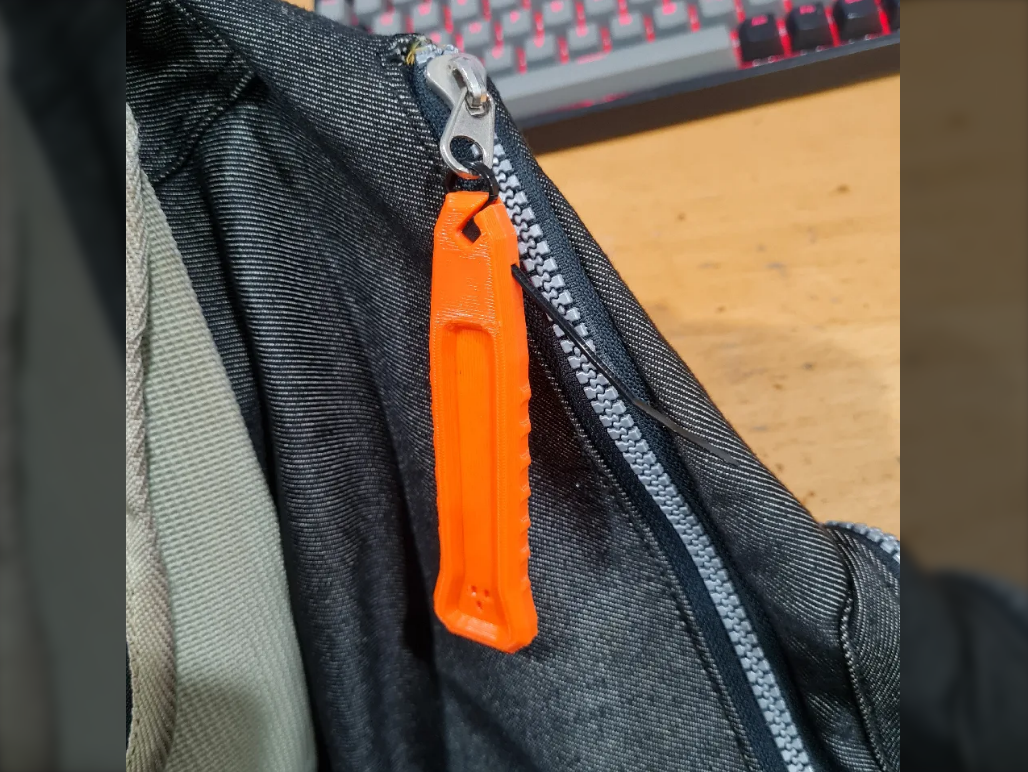3D Print
-
Framework 12 Vertical VESA Mount
I was browsing the Framework Community Forums and came across a post about mounting the Framework 12 laptop vertically that caught my interest. Alternative Solutions Another member on the forums suggested using a large tablet mount for the laptop. As they pointed it out, it’s “Easily off-and-on-able” but the laptop is quite heavy so I […]
-
Blowback Portal Gun (Proof of Concept)
As far as I know, no one has ever attempted to create an Aperture Science Quantum Tunneling Device (The Portal Gun from Portal) with a blowback mechanism. So I created a very rough prototype to remedy this. Static of the Field There are plenty of recreations of the iconic item from Valve‘s masterpiece ranging from […]
-
Framework 12 Joycon Rail Expansion Card
As seen on As soon as Framework announced their Framework 12 Laptop, I new I had to make controller expansion cards and turn it into a Steamdeck(-style handheld gaming computer). About the Framework 12 Framework are a computer company that focuses on making repairable, upgradable modular laptops (and now desktops) and one of their defining […]
-
Lefty HyperX Pulsefire Saga
Printables is, at time of writing, holding a 3D printed design contest Shape Your Saga: HyperX Mouse. The partner company HyperX tasked participants design parts for their Pulsefire Saga mouse, with emphasis on new top shells for different grip styles. I’ve worked on and off on left handed ergonomic mice and this contest was a […]
-
Leatherman Crunch Horizontal Holster
I made a belt holster for my EDC multitool. The Leatherman Crunch The Leatherman Crunch is my dream multitool. It’s the last tool designed by founder Tim Leatherman and what a banger it is. A folding pair of vise grips? As someone who often finds themselves tearing apart plastics and thin sheet metal, I need […]
-
Horizontal Headphones
Here in the sun cancer capital of the world, going outside means I have to choose between wearing a hat or wearing headphones. My favourite hat is a broad brim kangaroo leather hat, while the headphones I put up with are over ears. I prefer them over wireless earphones and the like because they’ll never […]

